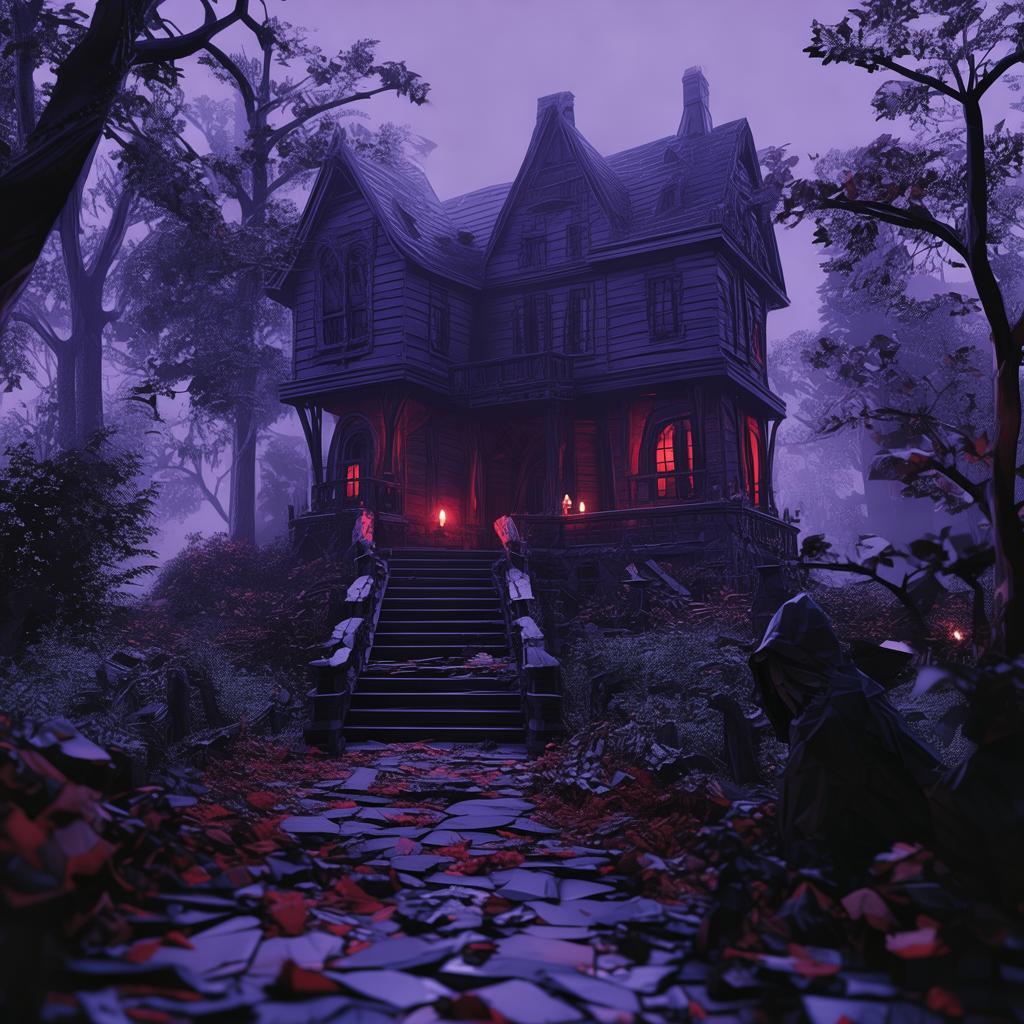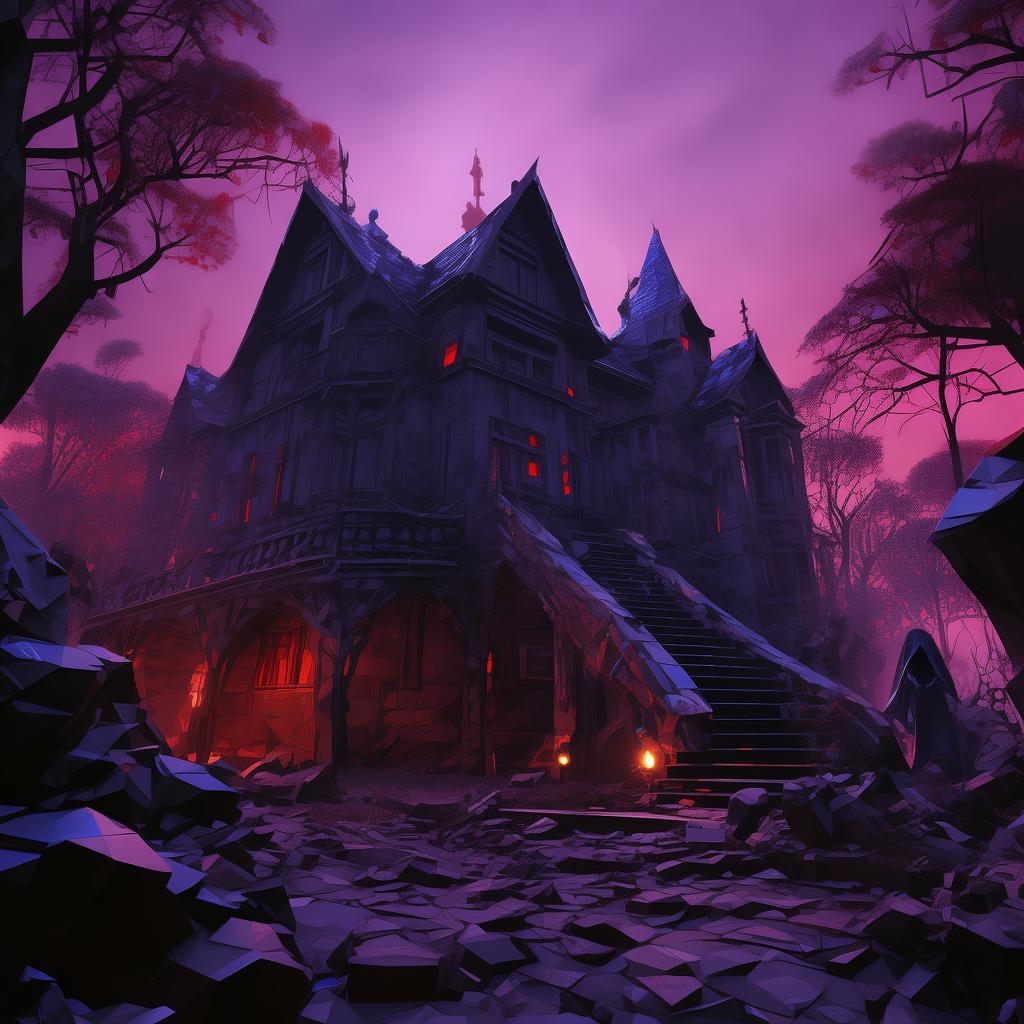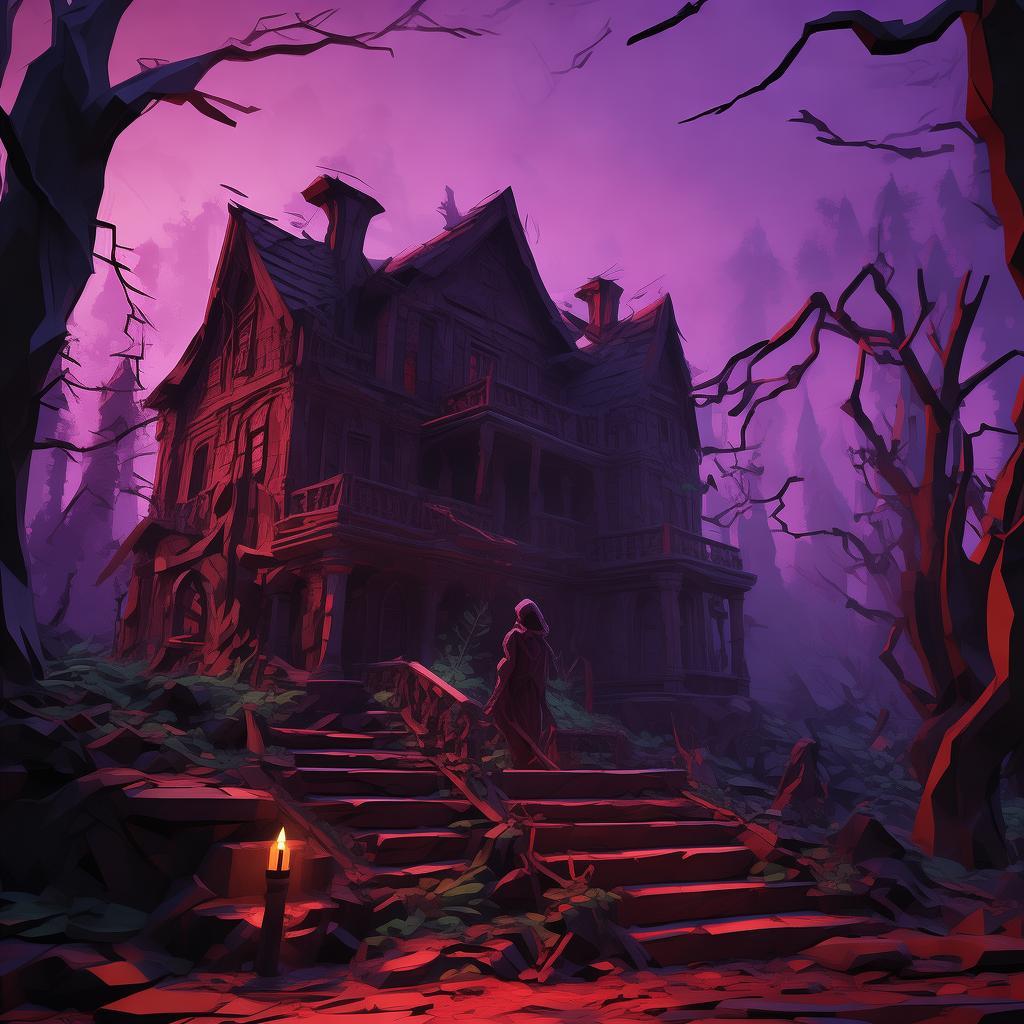The Sinister Symphony
In the quiet, sun-drenched town of Harmonia, young composer Eamon Thorne had always been a man of solitude. His music, a reflection of his introspective nature, had earned him a modest following. Yet, there was an undercurrent of dread that ran through his veins, a gnawing sense that his life was not his own.
Eamon's latest composition, "The Sinister Symphony," was to be his magnum opus, a piece that would transcend the boundaries of classical music and delve into the depths of human psyche. He spent days locked away in his studio, the sound of his piano keys a constant symphony of creation and destruction.
One evening, as the sun dipped below the horizon, casting long shadows through the window, Eamon felt a strange chill. He had noticed that the temperature in the room had begun to drop, despite the warm air outside. He dismissed it as a figment of his imagination, the result of the intense focus required for his work.
As he worked through the final movements of his symphony, Eamon began to hear strange whispers, faint at first, but growing louder with each passing moment. They were not human voices, but rather a series of discordant notes, each one more dissonant than the last. He ignored them, certain that they were just the byproduct of his overwrought mind.
The next morning, Eamon awoke to find his studio in disarray. The piano was out of tune, and the sheet music for his symphony was scattered across the floor. In its place, he found a cryptic note, written in his own hand: "The music is alive."
Shocked, Eamon began to investigate. He discovered that the whispers had been real, and that they were coming from the piano. He had been playing the wrong notes, and as he did so, the whispers grew louder, more insistent.
Determined to uncover the source of the voices, Eamon delved into the history of his piano. He learned that it had been built by a reclusive luthier who had since disappeared under mysterious circumstances. The luthier had been a man of great pride, a philosopher who believed that his instruments were imbued with a life of their own.

Eamon's curiosity was piqued. He began to research the luthier's philosophy, which centered around the idea that pride could be a force as powerful as any demon. The more he read, the more he realized that his symphony had become a vessel for this prideful force, a conduit for the luthier's unfulfilled ambition.
As the days passed, the whispers grew louder, and the piano's tone became more sinister. Eamon began to hear voices not just from the piano, but from the walls, the floor, and even the air itself. He was being haunted by the luthier's pride, a malevolent presence that sought to consume him.
Desperate to escape, Eamon sought help from a local psychologist, Dr. Clara Hayes. Dr. Hayes, a woman of sharp intellect and compassionate nature, agreed to help Eamon confront the source of his terror. Together, they delved into the luthier's life, uncovering a web of secrets and lies that had been hidden for decades.
As they pieced together the puzzle, Eamon realized that the luthier's pride was not just a force of darkness, but a reflection of his own. He had become consumed by his own ambition, and his symphony had become a manifestation of his innermost fears.
In a climactic confrontation, Eamon faced the luthier's spirit, a twisted reflection of his own pride. The battle was fierce, with Eamon's sanity hanging in the balance. As the luthier's spirit began to overwhelm him, Eamon remembered the lessons he had learned from Dr. Hayes.
He realized that the key to defeating the luthier's pride was to embrace his own flaws, to acknowledge the darkness within him, and to use it as a force for good. With a newfound sense of humility, Eamon banished the luthier's spirit, and the whispers ceased.
The symphony was completed, but not as Eamon had envisioned it. Instead of a celebration of life, it was a poignant reflection of the human condition, a testament to the struggle between pride and humility. Eamon played the symphony for the first time, and the audience was silent, their breath held in anticipation.
As the final note resonated through the hall, Eamon felt a sense of peace, a release from the burden that had weighed upon him for so long. He had faced his fears, confronted his pride, and emerged stronger for it.
The Sinister Symphony was not just a piece of music; it was a journey into the heart of darkness, a testament to the resilience of the human spirit. And as the audience left the hall, they carried with them the chilling reminder that pride, like any other force, must be held in check.
✨ Original Statement ✨
All articles published on this website (including but not limited to text, images, videos, and other content) are original or authorized for reposting and are protected by relevant laws. Without the explicit written permission of this website, no individual or organization may copy, modify, repost, or use the content for commercial purposes.
If you need to quote or cooperate, please contact this site for authorization. We reserve the right to pursue legal responsibility for any unauthorized use.
Hereby declared.









